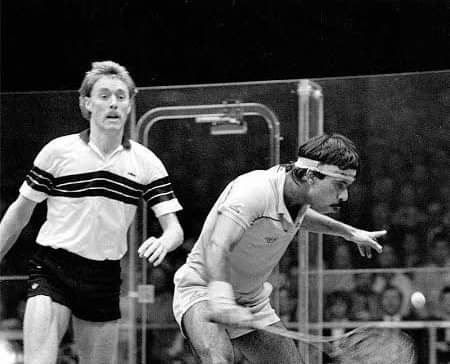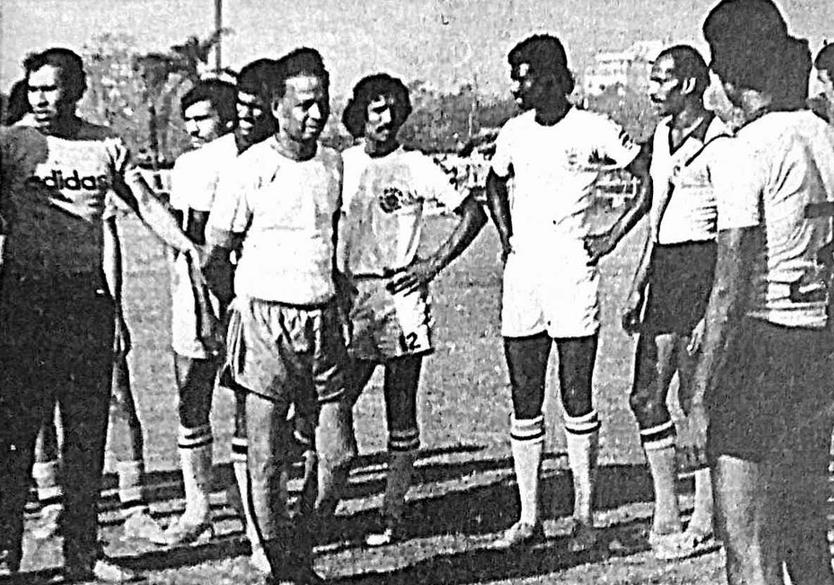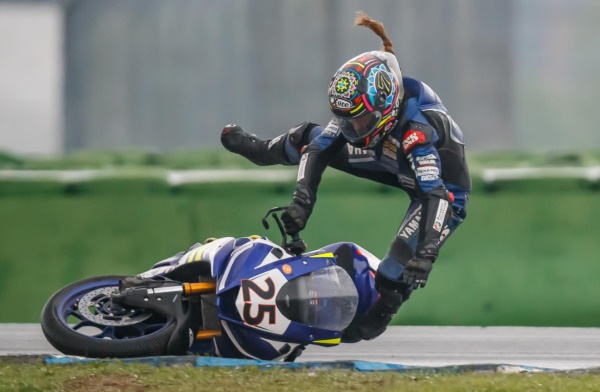/ month
placeholder text
Post List
Editor's Picks
The Unspoiled Beauty of Caracol Falls
Caracol Falls or Cascata do Caracol is considered one...
Layers of Glass Form 3D Landscapes and Seascapes
Layers of Glass Form 3D Landscapes and Seascapes. Lucie...
The Bimmah Sinkhole of Oman
The Bimmah Sinkhole, located in Hawiyat Najm Park, actually...
The Benefits of Hiring a Professional Moving Company
The Benefits of Hiring a Professional Moving Company
When looking...
World’s Most Expensive Restaurant for Just £1,250
Now you can have a look inside the world's...
5 Situations That Call for a Personal Injury Lawyer
Even though accidents are a part of life, they...
Bobbie – The Wonder Dog Walked 2500 Miles in Search of Home
Indeed, the incredible story of Bobbie the Wonder Dog...
Maximizing Your Lawn Mowing Skills: Tips for a Pristine Yard
Lawn Mowing Skills:
A well-manicured lawn is often the pride...
Consequences of Deterioration in System of Nature
Consequences of Deterioration in System of Nature - The...
Don't Miss
World’s Most Terrifying Bedroom with Halloween Buried in Airbnb
World's Most Terrifying Bedroom with Halloween Buried in Airbnb...
How to Prepare for SSC CGL Tier 1 Exam in Three Months?
The Staff Selection Commission’s -Combined Graduate Level Examination (SSC-CGL)...
Mountains Of Pine Ridge Forest Reserve Belize
Belizeans consider the mountains of Pine Ridge Forest Reserve...
All You Need to know About Sneakers?
What is the difference between sneakers and shoes?
Sneakers and...
Bosnian Artists Create Stunning Sculptures from Pencil Tips
Bosnian Artists Create Stunning Sculptures from Pencil Tips -...
14 Amazing Badass Trees That Refuse To Die
14 Amazing Badass Trees That Refuse To Die
It is...
Grey-headed Honeyeater Call
Grey-headed Honeyeater call is single chek, chek in-flight; weak...
5 Tips for a Better Yoga Practice
Tips for a Better Yoga Practice
In an ancient philosophy...
Charismatic Planet © 2024 . All Rights Reserved.







